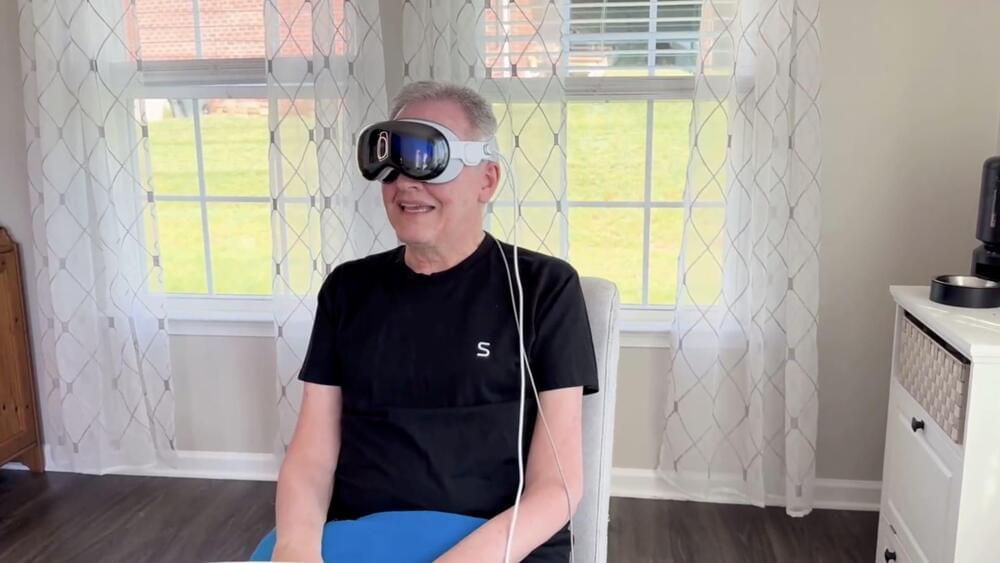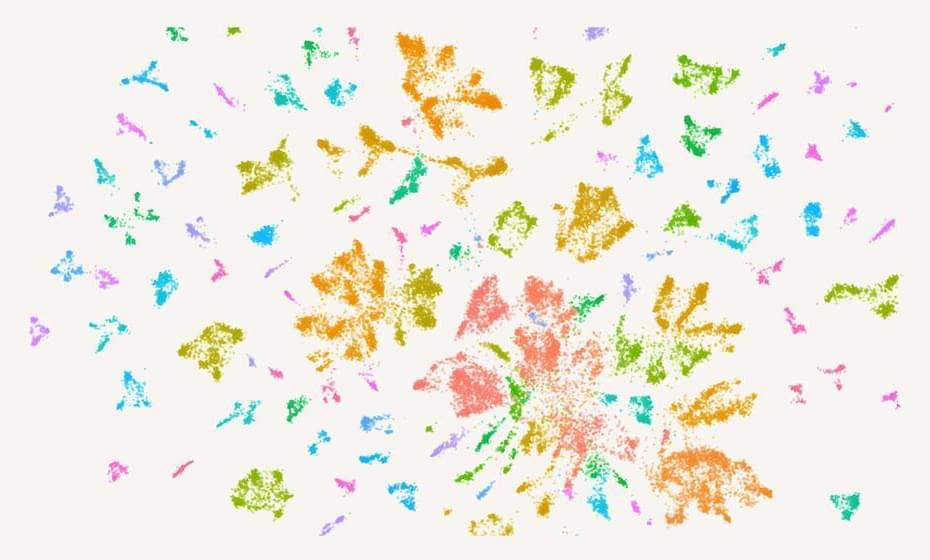A mind-bending parasite may one day deliver drugs to the brain.
Toxoplasma gondii is a single-celled parasite that famously makes mice lose their fear of cats, but also can cause deadly foodborne illnesses (SN: 1/14/20).
Those with weakened immune systems have a higher risk of developing severe disease when exposed to T. gondii. Pregnant people run the risk of preterm birth and pregnancy loss. In addition, the parasite can cause a variety of problems for the baby including blindness, hearing loss, epilepsy and jaundice. More than 200,000 cases of toxoplasmosis are diagnosed each year in the United States, with about 5,000 requiring hospitalization. An estimated 750 people each year die from the disease.
Koshy’s own previous research indicates that brain cells the parasite injects a payload into eventually die.
If researchers want to use the parasite for drug delivery, they will need to learn how it causes disease and disable those mechanisms without harming T. gondii’s ability to quietly infect the brain.






